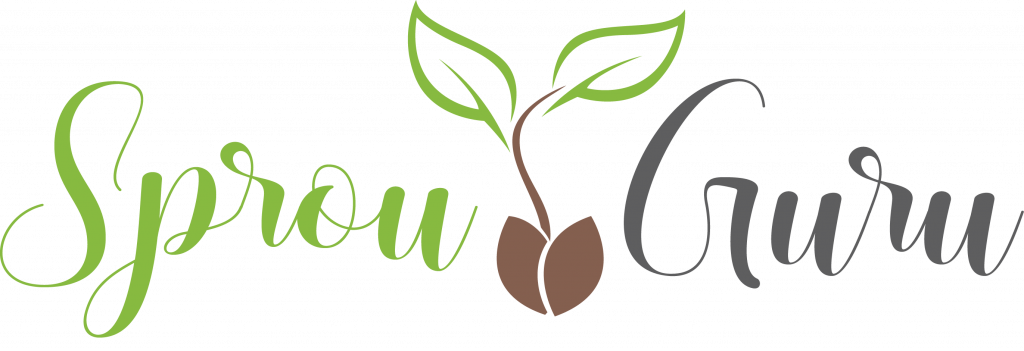What is Mulching?
Mulching is the process of spreading material over your garden to maintain moisture, discourage weeds, and stop soil erosion. Materials can vary from natural items such as straw, leaves, and grass clippings to processed items. Processed items can include cardboard, newspapers, plastic sheeting or landscaping fabric.
Why Use Mulch?
The most apparent benefit of mulch is weed suppression. However, moisture conservation and soil erosion are essential benefits that mostly go unnoticed. Mulching also protects beneficial organisms that live in and on the soil like bacteria and earthworms. If you’ve used natural mulch like straw, leaves, grass clippings or even cardboard, it won’t go to waste. As it outlives its usefulness, the organisms the mulch is protecting will break it down and incorporate it back into the soil. This process should improve the soil’s organic matter content, which can be beneficial, as explained HERE.
How to Use Mulch
There are typically two ways that you can use mulch.
Option A – Plant your seeds and transplants, and once they’re big enough not to be covered, spread your mulch around them.
Option B – Mulch your entire garden and use a hoe or a hand trowel to dig your seedlings and seeds into the mulch.
Mulching is a lot of work, and many gardeners don’t bother mulching at all. The vital thing to remember about mulching is, DO NOT cover the plants or seedlings, as this will kill them. Just use your hands or a hoe to clear a small area, and then after planting, gently replace to a safe height around the plant.
Hopefully, this gave you a bit more insight into weed control for your garden. We’ll be discussing more mulching materials in a later post so stay tuned! Happy Gardening!
Click Here to Return to the Main Page
